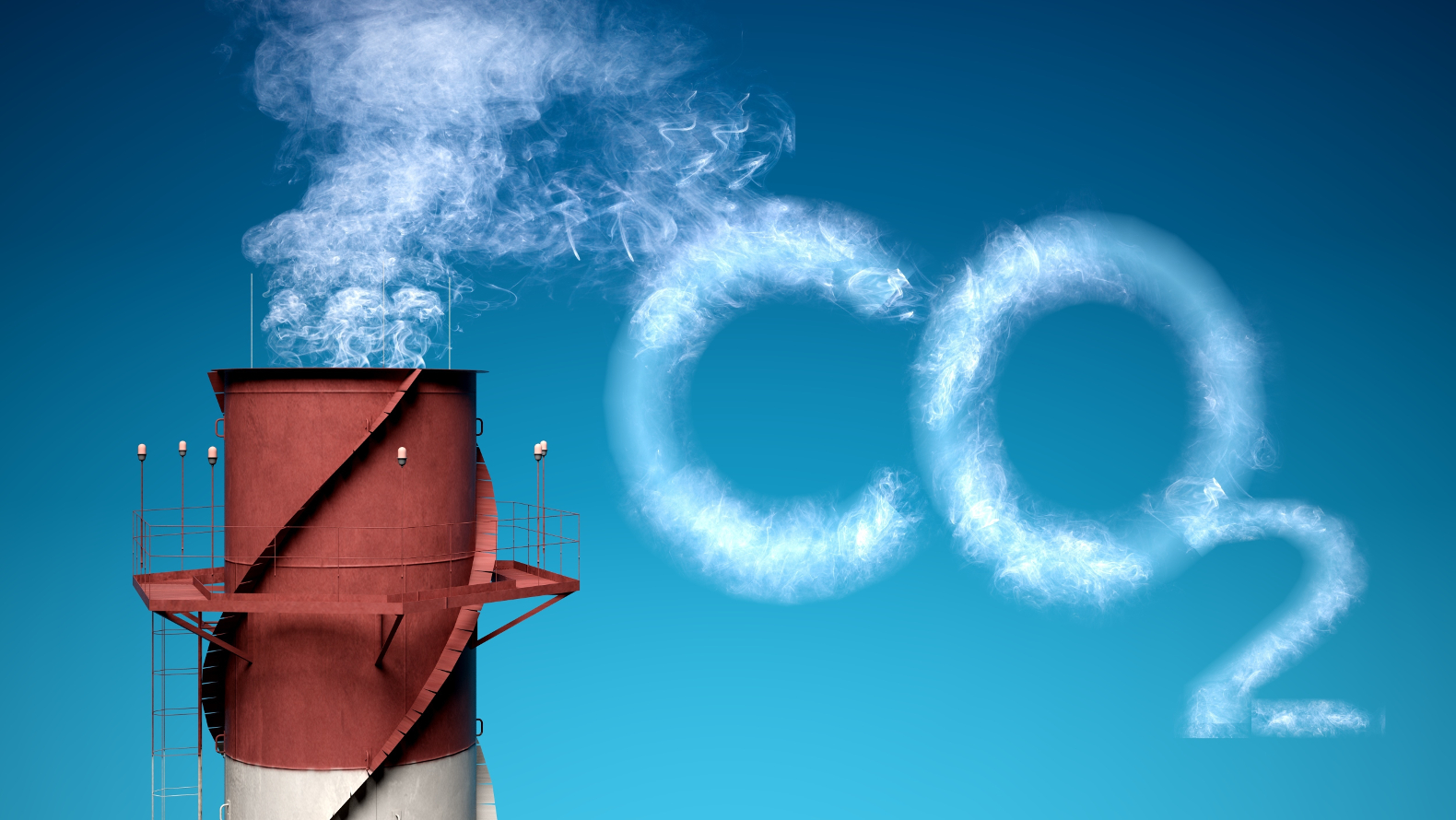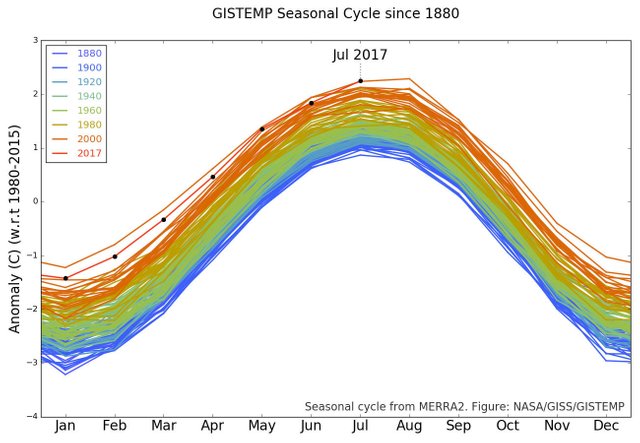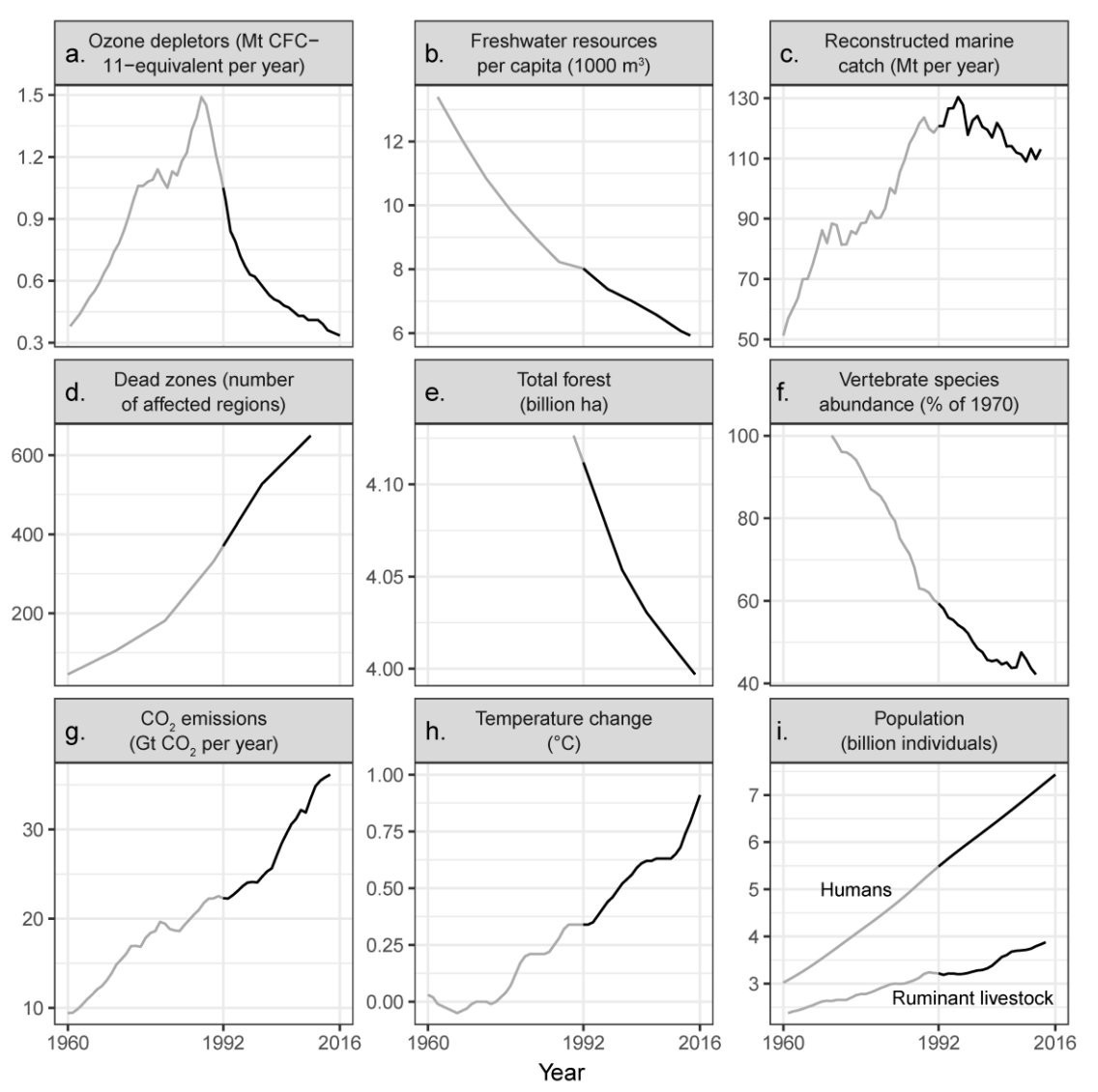Seven bad 2017 records (and one good) on climate change: we're not doing any good, but we can still react

As much as we are happy to discover new planets, some potentially inhabitable and others directly catalogued as super-terrestrials, the year does not end well for ours. We are leaving 2016 with some rather bleak numbers, but we don't seem to have patched up much after 12 months and 2017 has turned out to be a very bad year for the Earth.
Recently we were once again hitting another one of these fateful record numbers, referring to the latest report from the National Oceanic and Atmospheric Administration, which told us that we have not seen such a severe meltdown rate in the Arctic in at least 1,500 years. Another that adds to a list of data not encouraging in the year that the United States left the Paris Agreement.
Without losing hope, because there are, we review this year's unfulfilled homework (not by all of us who should, at least) and the forecasts and solutions we expect for the one about to begin.
New year, new temperature record
It's not a matter of this year, not even the year before. In the absence of data on what is about to end, the Earth had already been chaining a new temperature record for three years in 2016, which became the hottest since they were recorded (i. e., 1880).

In fact, the record could go much further, as 2016 was estimated to have been the hottest of the last 115,000 years, with carbon levels never seen in 4 million years. Numbers that help to draw the gravity of the matter, but if you still prefer to look at it in a more graphical way (never better said), here we gather seventeen GIFs, graphs and images that reflect how it went to Earth last year.
A March to forget for the south and unforgettable for the north (positive bonus)
When we think of Antarctica we may be faced with subzero temperatures, those that are inconceivable when the equator is closer than the pole. But it turns out that this March was alarmed that the spring temperature of 17.5 degrees Celsius had been reached in the (not-so) icy continent.
A temperature that due to the extreme conditions of the region and the problems posed by research (and survival there) was actually registered in 2015, at the Argentine base, which is the only permanent civilian settlement in Antarctica. It is true that this is one of those regions that we still need to know well, but considering the registers this temperature is still alarmingly high.
Fortunately, not all environmental records were bad in the third month of 2017. In the United Kingdom, carbon dioxide (CO2) emissions remained at the same level as in 1894, down 6% from 2015. An achievement that, although anecdotal, left us with that good taste of mouth that not everything is lost and that the energy transition is feasible.

A month of July as there hasn't been in centuries
In summer, the world was once again winning a gold medal, albeit at odds with last year. Last July was the hottest month since they collected the temperature data, i. e. since 137 years old, according to NASA.
.jpg)
Julio took the record, but it doesn't mean that we did much better the rest of the months. As we saw at the time, January, February, March, April and May 2017 were second in terms of the hottest NASA registered below 2016, and June 2017 was the hottest June ever recorded.
One of the ten biggest icebergs in history
The melting of the poles is progressive, although in July it gave rise to a record iceberg. At one billion tons less, the Larsen C ice shelf was reduced by 12% in volume after a heavily guarded crack had just been opened. A block of ice that aimed to be as big as La Rioja (Spain) with a volume of about 5,800 cubic kilometers.
Another inherited record
This "achievement" actually corresponds to 2016, but we already had the news in October of it. If the news in the UK was a little bit more encouraging on CO2 issues, it was not a good thing globally. The UN and WHO determined that last year a historic record was set for carbon dioxide levels.
The data indicated that the increase in 2016 compared to 2015 was 50% higher than in the previous 10 years. The motives? In addition to our way of living (and exploiting resources), El Niño also played a role in reducing the ability of plants to absorb CO2 (increasing drought), which brings the concentration of carbon dioxide to levels not seen in 800,000 years.
15,000 Scientists Agree... To Warn
Apparently, some 1,700 scientists (including almost all the Nobel Laureates alive) warn us of the danger we run if we continue without taking care of the environment slipped us a little bit, since that happened in 1992 and the truth is that the reaction was not very noticeable in view of the results. Perhaps that is why this year, on the 25th of that first warning, 15,000 scientists met with the same motivation but more serious: all the problems have gone to the worst.

While it is true that the recovery of the ozone layer can be considered an international success story, the other problems worsened in that quarter of a century: drinking water was reduced by 26 per cent, dead zones in the ocean increased by 75 per cent and about 1.21 million square kilometres of forest land was lost. So we have a lot more to do if we do not want to receive a third warning from even more scientists, or at least give us time to receive it.
Record temperatures that cause flight cancellations
Sometimes inclement weather can upset our plans by delaying and even preventing aircraft from flying, but there is a potential reason to add to this list of inoperable conditions: temperature increase. In Phoenix (Arizona, United States), 50 regional flights were cancelled due to temperatures as high as 120 degrees Fahrenheit (48 degrees Celsius), which, in addition to not being an isolated case, was a warning of what could happen more and more often in the future.

As we saw when talking about the news, a study was now revealing that as the increase in temperature continued, between 10 and 30% of the planes would have to release part of their cargo to take off in the hottest moments of the day. And in another work they deduced by applying climate models from the World Climate Research Program that in some cases like Dubai, an airplane might have to restrict its cargo to 55%.
Hope is the last thing you lose, but to win you have to play
Our presence on Earth is increasing, but in perspective it is Pyrrhic. We have inhabited the planet for a very small part of its existence, and yet we will be primarily responsible for reducing the presence of life until only species remain that manage to survive with the atmosphere overloaded with carbon oxides, sulfides and other gases that many species of heterotrophs do not feel good.
However, we said this a few months ago: the environment is not a lost cause. However, we must remain realistic and consistent, and avoid misconceptions and misconceptions such as the drought is over (in fact, even Trump may be admitting that climate change is a reality).
We even have a road map to follow to try to improve the situation. We have already seen that the efforts are noticeable, as in the case of CO2 in the United Kingdom, and there are initiatives such as the first plant with negative CO2 emissions (which consumes more CO2 than it emits) or the initiative to create a 100% renewable world that guide us in this direction and give us some hope. After all, it is possible to turn the rudder, but we all have to pull.